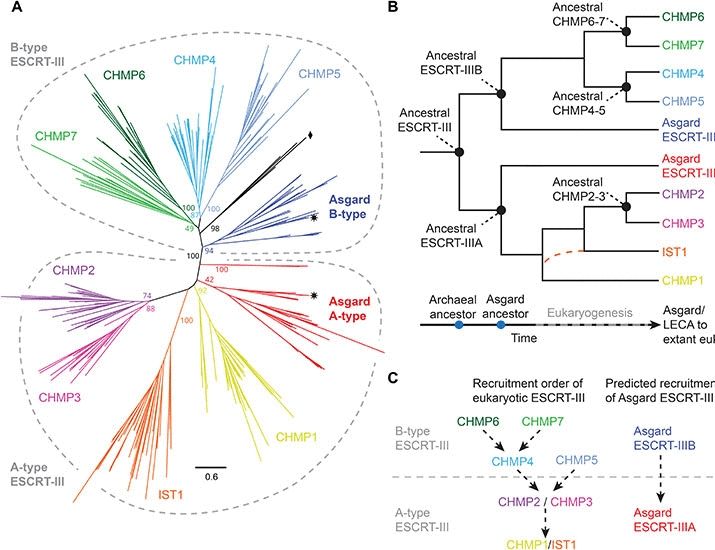Joe Parham
@joeparham19.bsky.social
530 followers
170 following
16 posts
PhD student in Buzz Baum's lab at the MRC-LMB, interested in mechanisms of DNA segregation and cell division. Also birding from time to time.
Posts
Media
Videos
Starter Packs
Reposted by Joe Parham
Joe Parham
@joeparham19.bsky.social
· May 29

Temporal and spatial coordination of DNA segregation and cell division in an archaeon.
Cells must coordinate DNA segregation with cytokinesis to ensure that each daughter cell inherits a complete genome. Here, we explore how DNA segregation and division are mechanistically coupled in ar...
www.biorxiv.org
Joe Parham
@joeparham19.bsky.social
· May 29
Joe Parham
@joeparham19.bsky.social
· May 29
Joe Parham
@joeparham19.bsky.social
· May 29
Joe Parham
@joeparham19.bsky.social
· May 29
Joe Parham
@joeparham19.bsky.social
· May 29
Joe Parham
@joeparham19.bsky.social
· May 29

Archaeal SegAB forms a bipolar structure that promotes chromosome segregation in spherical cells
Archaeal segAB operons are thought to promote chromosome segregation, but their mechanism remains unknown. We employ comparative genomics, structural biology, genetic knockouts, and quantitative cell ...
www.biorxiv.org
Joe Parham
@joeparham19.bsky.social
· May 29
Joe Parham
@joeparham19.bsky.social
· May 29
Joe Parham
@joeparham19.bsky.social
· May 29
Joe Parham
@joeparham19.bsky.social
· May 29
Joe Parham
@joeparham19.bsky.social
· May 29
Joe Parham
@joeparham19.bsky.social
· May 29

Temporal and spatial coordination of DNA segregation and cell division in an archaeon.
Cells must coordinate DNA segregation with cytokinesis to ensure that each daughter cell inherits a complete genome. Here, we explore how DNA segregation and division are mechanistically coupled in ar...
www.biorxiv.org
Reposted by Joe Parham
Reposted by Joe Parham
Sherman
@shermanfsw.bsky.social
· Feb 7

The mechanics of a continuous self-assembling surface-layer aids cell division in an archaeon
The surface layer or “S-layer” is a planar lattice of glycosylated proteins that coats a wide range of archaea and bacteria instead of a classical cell wall or capsular polysaccharides, insulating the...
www.biorxiv.org
Joe Parham
@joeparham19.bsky.social
· Nov 19



